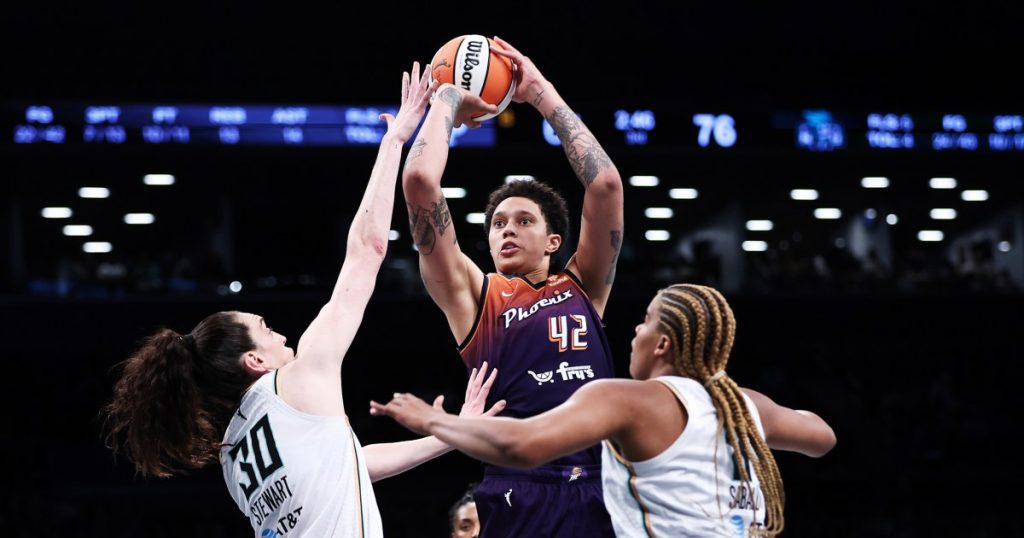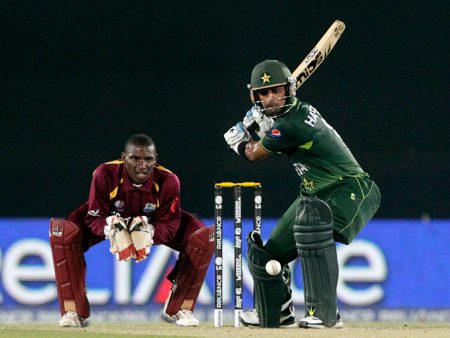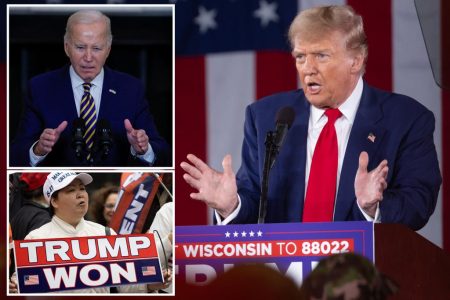Basketball sensation Caitlin Clark recently signed with the Indiana Fever as the No. 1 draft pick but will only earn a base salary of $76,535 in her first year in the WNBA. This has brought to light the disparity in pay between male and female basketball players, with WNBA players often seeking opportunities to play overseas during the offseason to supplement their incomes. The WNBA’s broadcast deal and revenue generation capabilities contribute to the significant pay gap between the two leagues. Players like Clark can earn much more playing abroad due to the absence of salary caps and the financial backing of wealthy team owners.
Brittany Griner’s detainment in Moscow in 2022 after customs agents found hashish oil in her luggage highlighted the lucrative opportunities available overseas for WNBA players. Some players can earn salaries of over $1 million by playing in European and other basketball-obsessed leagues during the offseason. The pay disparity between the WNBA and NBA is largely attributed to the differences in revenue generated by each league. While the WNBA has a TV rights deal worth $65 million, the NBA’s contract is valued at $2.8 billion, contributing to the differences in player salaries.
Under the WNBA’s collective bargaining agreement, Clark will see incremental increases in her salary over her four-year contract, eventually reaching $97,582 in her final season. In comparison, the No. 1 NBA draft pick from the previous year received a four-year, $55 million contract with a hefty annual salary. The Women’s National Basketball Players Association and National Basketball Players Association have not commented on the pay disparity issues. While some WNBA players may benefit from endorsement deals and partnerships, not all players will have the same opportunities as top draft picks like Clark.
Experts believe that the WNBA’s ability to capitalize on the growing enthusiasm for women’s basketball in the United States could lead to higher salaries for players in the future. Despite historically low attendance and television ratings, there is potential for increased investment and better television rights deals for the league. As the WNBA’s television rights deal expires after the 2025 season, a sustained increase in viewership could be used as leverage for better financial opportunities for players. Some teams are already experiencing growth in ticket sales and merchandise as interest in women’s basketball continues to rise.
While Clark’s success and popularity may bring some attention to the WNBA, it is unlikely that she alone will be able to significantly impact the league’s overall viewership and financial standing. Many WNBA players have chosen to pursue other opportunities in broadcasting, coaching, and marketing ventures in recent years to supplement their incomes. With a new generation of talented players entering the league and increased interest in women’s basketball overall, there is hope that the WNBA can secure more financial support and recognition in the coming years. By capitalizing on the nation’s enthusiasm for women’s basketball, the league may be able to attract larger audiences and secure improved financial opportunities for its players.















